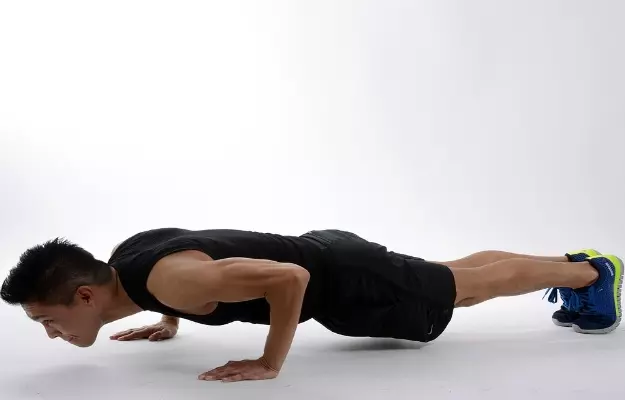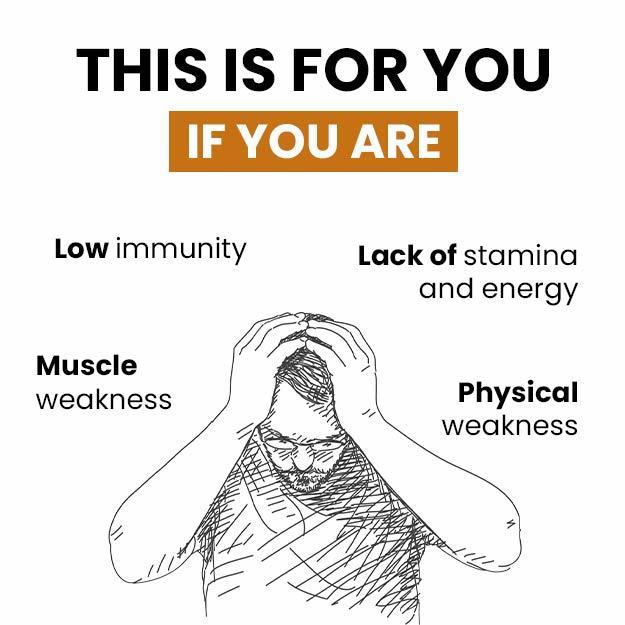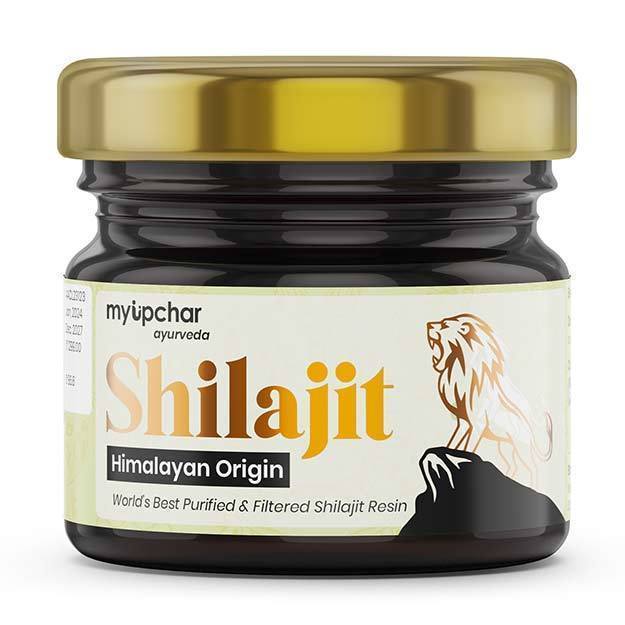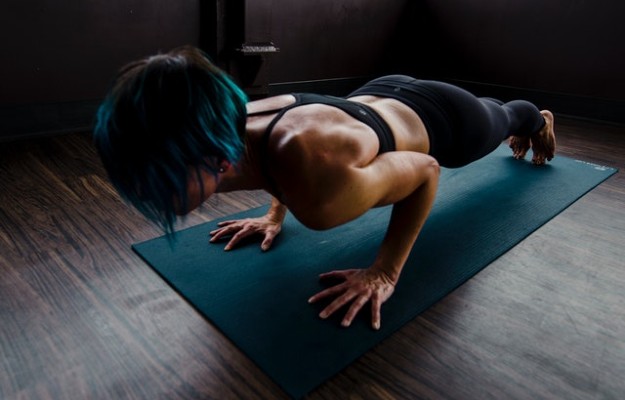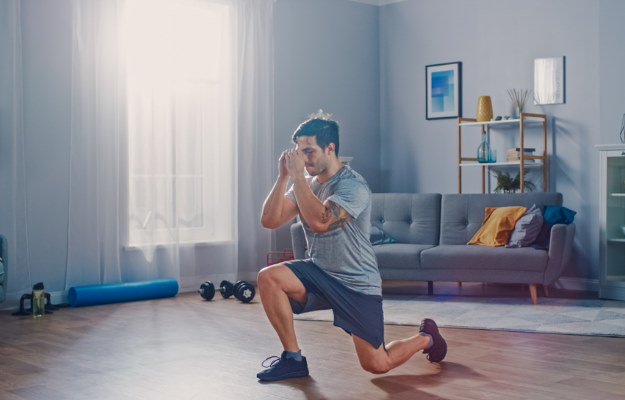You don’t have to be a bodybuilder or enlisted in the army to be able to perform hundreds of push-ups in one go. Bruce Lee, the master martial artist, could do hundreds on his fingers alone, but that was thanks to his years of Kung fu training.
The push-up has become a test of overall fitness: most military training drills around the world use it as a measure of a cadet’s suitability. Propping your body up from the ground with the help of just your hands may be perceived to be a great upper body workout, but in truth, it engages a whole lot more.
The ease with which one can perform this exercise, without the help of any additional equipment - not even a yoga mat - gives it a universal appeal, perhaps second only to running. In fact, a study conducted in 2019 found that a middle-aged man’s cardiovascular health could easily be assessed by looking at the number of push-ups he could perform.
There are many benefits of push-ups, also known as press-ups in some countries. They make for a superb warm-up. They are a great strength-building exercise. Combined with other movements, they are an excellent workout in themselves. They are also incredibly versatile, with simpler versions like wall push-ups and kneeling push-ups for beginners and one-arm push-up and Spiderman push-ups for more advanced practitioners.
Read on to know the right way to do push-ups as well as some variations to try, depending on your skill and comfort level.

